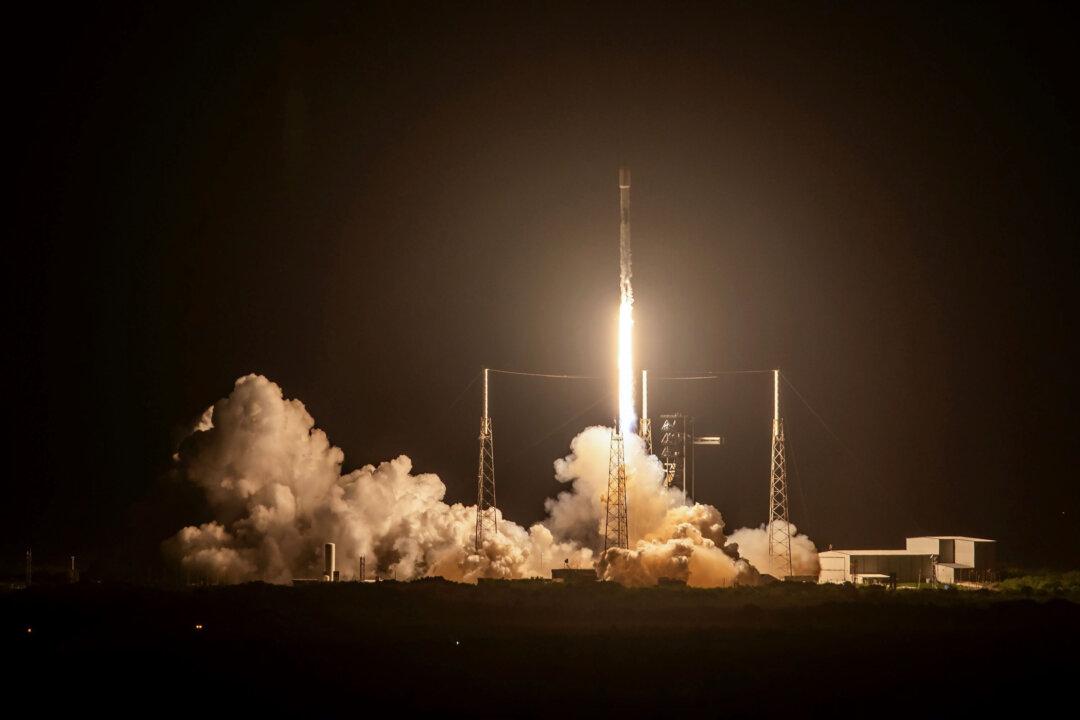News Analysis
China has persisted in pursuing a policy of modernizing its vast number of coal mines using the latest technologies in a bid to make them more productive, while Western nations are cutting down on traditional energy sources in order to meet climate change goals set by global entities.





